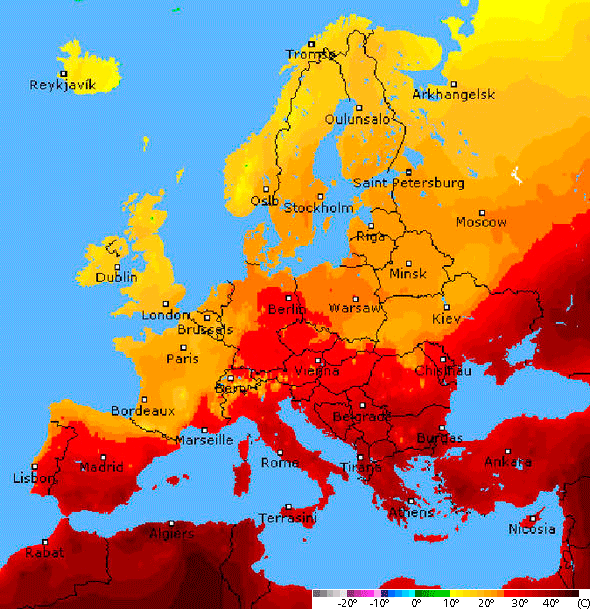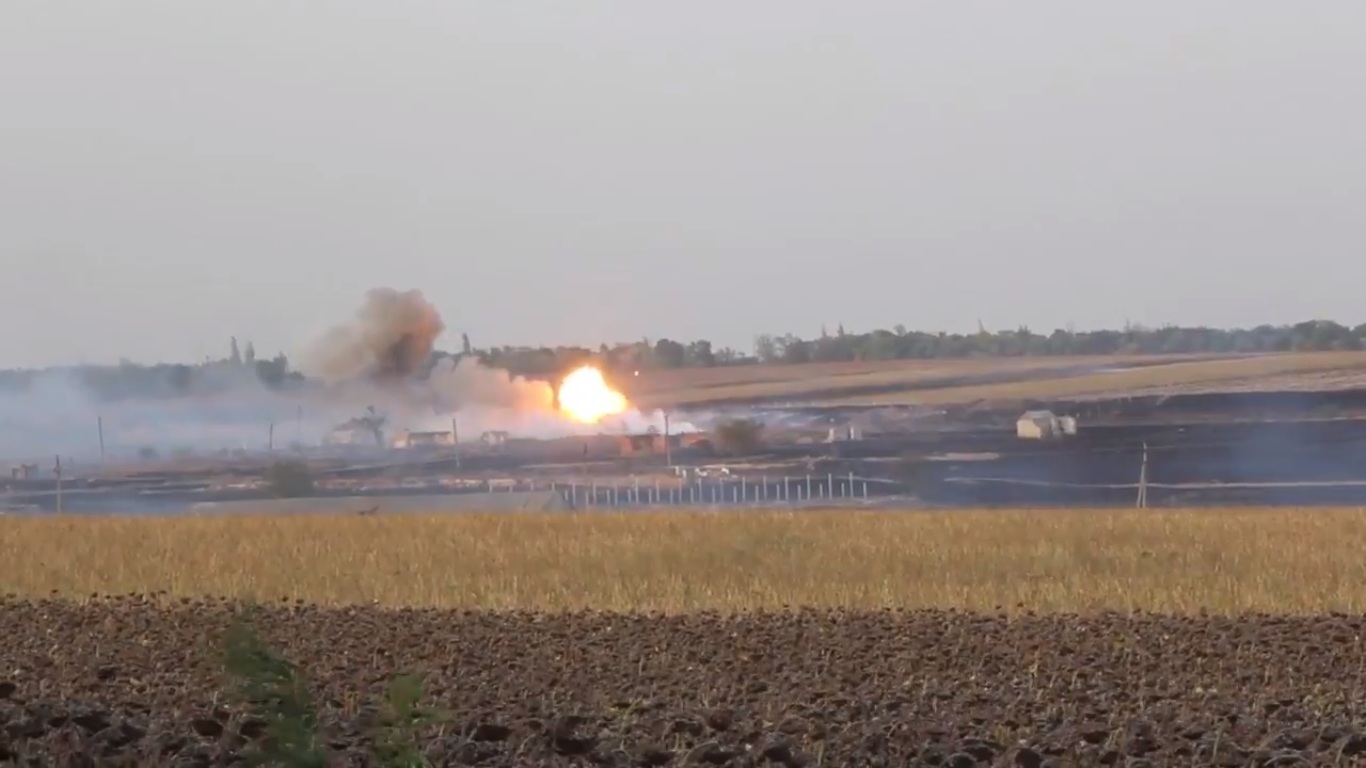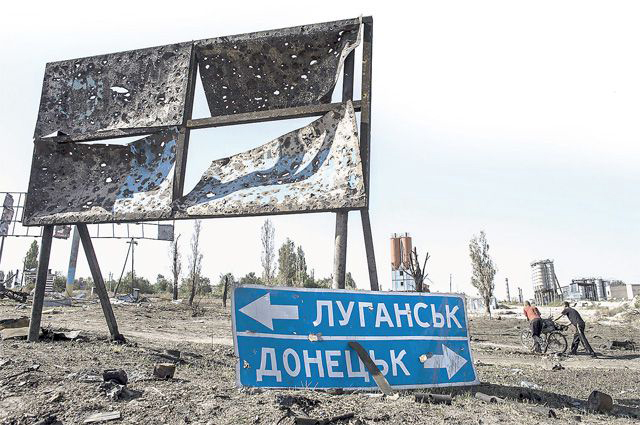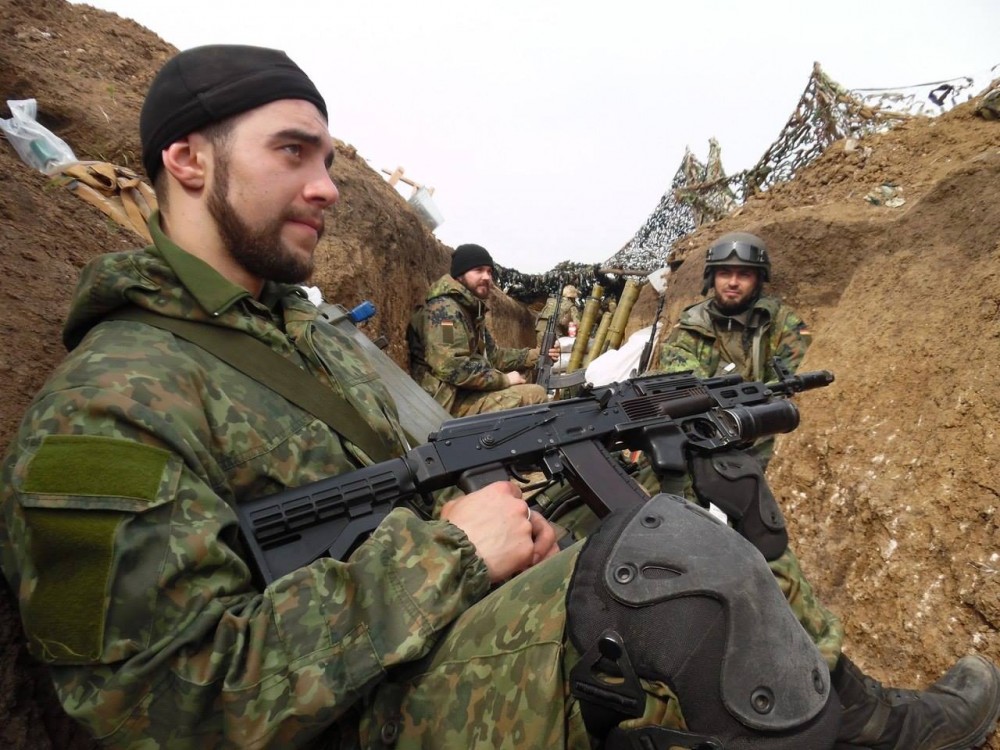On 22 September about 15:00, a Ukrainian military unit near the village of Novoyanysol 30 km northwest of Mariupol caught fire, according to the Defense Ministry. At first, the adjacent farmland field had blazed then the wildfire spread to the military facility. The fire forced the evacuation of the military personnel and 30 people living in a nearby village. At 16:20 the ammunition started detonating, the Donetsk Oblast police reported. Overnight into the next day, the fire was contained. As the State Emergency Service (SES) informed, the fire was extinguished about 6 a.m., 270 first responders and 61 vehicles have been engaged in the emergency response.
On the next day, the official Twitter account of the Interior Ministry shared a video showing the scale of devastation wrought by the wildfire near Novyanysol and further blaze at the military depot. The ammunition is still detonating on the next-morning footage of the localized fire:
https://twitter.com/MVS_UA/status/911541016729092096
As of 25 September morning, the fire at the ammunition depot near Novoyanysol was extinguished. Later the Emergency Service reported that as of 14:30 its units have finished activities at the facility as they removed 1954 pieces explosive ordnance and 10 tons of metal fragments from the area of 42 ha.
According to preliminary data, the fire at the ammunition depot caused no casualties.
The police opened criminal proceedings and a preliminary assessment qualified the case under Article 194 of the Criminal Code of Ukraine (intentional damage of property). This means that the investigators don't rule out the possibility of arson as we could see it on 23 March at missile and artillery storage facilities located near Balakliya, Kharkiv Oblast.
The day of front-line wildfires
On 22 September, wildfires raged not just in Novonysol near Mariupol. Local residents reported fires in multiple locations of Donetsk Oblast. One of the reports came also from Luhansk Oblast:
[17:26] #Popasna: After the recent strongest daytime ka-boom, allegedly a forest near the city on fire [img fr/sm] pic.twitter.com/uw3x5CrVnR https://t.co/N79CtQZfff
— English Luhansk (@loogunda) September 22, 2017
Residents of the occupied regional capital, Donetsk wrote about wildfires near the city, the wind backed the fires in the region. From 10 meters per second overnight into October 22, the wind developed into near gale force by the evening, blowing at near-hurricane speeds up to 22 meters per second.
21:31 #Donetsk: A harricane wind all day and night. Woodlines and wastelands are on fire in #Makiivka-#Mospyne-#Donetsk... https://t.co/eNr9Ek6b5Z
— English Luhansk (@loogunda) September 22, 2017
A blaze also broke out in the city itself:
21:05 #Donetsk @666_mancer A blaze at #Pobeda now. Quickly expands due to the strong gale https://t.co/V92c8ym7cv pic.twitter.com/zknrWCLejr
— English Luhansk (@loogunda) September 22, 2017
The area north of Dokuchaevsk caught fire too:
[21:37] #Dokuchaevsk: "Can't anyone see the fire? near the crossing point's dam, closer to ettles, it's huge" https://t.co/QA3Szd6WIP
— English Luhansk (@loogunda) September 22, 2017
A Ukrainian entry-exit checkpoint in Novotroitske near occupied Dokuchaevsk closed earlier about 17:00 due to a fire on the adjacent field. Usually, the crossing point operates until 18:30.
Local residents of the Donetsk suburb city of Makiivka have published photographs of a glow of the fire raging on the outskirts:
20:15 #Makiivka #Zakhidna @666_mancer "a great fire in #downtown dir'n" "Like #MakNII or #Osypenka, burning >2hr" pic.twitter.com/rr5dEq8Xpi
— English Luhansk (@loogunda) September 22, 2017
"The entire skyline is blazing... it looks horrible when seeing it live," a post in a local Makiivka social network group reads:
[21:14] #Makiivka #Kapitalna mine @666_mancer a field on fire https://t.co/ntjDde2wfb pic.twitter.com/pLmIAujEGE
— English Luhansk (@loogunda) September 22, 2017
Later Donetskers published photographs of firefighters dowsing a grass fire in Makiivka:
#Makiivka @Bylbyleva49 pic.twitter.com/8V5jrGw37m https://t.co/HmTQsVtI0a
— English Luhansk (@loogunda) September 22, 2017
Fires also burst near one of southward Donetsk roads:
09:28 [#Donetsk]: Sep22 evening, it was on fire along #Starobesheve_road in many places. Fields, woodlines https://t.co/u5JfEIL0nz
— English Luhansk (@loogunda) September 23, 2017
The occupied village of Hryshky is situated in the same area south of Donetsk:
21:40 #Donetsk: [vk] "#Hryshky on fire, lots of firefighters, the wind swirls in all dir'ns" "Not Hryshky, fields beh/village near dachas" https://t.co/Sk32pEQjKf
— English Luhansk (@loogunda) September 23, 2017
Some reports on wildfires came even from an adjacent peaceful Dnipropetrovsk Oblast on September 22:
23:50 #Dnipro: Many woodlines ablaze in #Dnipro rgn, one fire truck cruise around, kinda extinguishing, at real it sits on the highway... https://t.co/L67vuv7qiy
— English Luhansk (@loogunda) September 22, 2017
22 September was the day of a flashback into nearly the entire August all along the frontline.
August Lucifer
Both Donetsk and Luhansk oblasts in the Ukraine's eastern war-torn region of the Donbas are situated in the dry steppe zone. Grass usually dries up there by the end of summer. If the summer is too hot and dry, a very high fire hazard is observed throughout the southern and eastern oblasts of Ukraine. As per normal, firefighters can quickly contain wildfires in steppe, but it becomes a problem when a field, a meadow, or an arroyo forest catches fire near the contact line, separating Ukraine from its occupied part in the Donbas.
In the beginning of August, a heatwave, dubbed ‘Lucifer’, struck southern Europe and moved through Ukraine's occupied Donbas further northwest. It was the longest heatwave for 14 years, since 2003.

The average daytime temperature soared up to 38℃ in Donetsk and Luhansk, while the mercury peaked at highs of well over 40℃.
The wildfires raged for most of August from both sides of the entire front line. The dry steppe vegetation easily caught fire from explosions amid the high temperatures brought by the heatwave from the southwest. The number of fires significantly decreased by the end of August when the heat dropped by 20℃ and the so-called back-to-school ceasefire was agreed by the Minsk group for Donbas settlement, and military actions started becoming not that active.
A glimpse into the hot August in the Donbas
Fields, meadows, forests burned as near the front line as in the rear from both sides of the front.
The images show a field of grain on fire west of Avdiivka, relatively far from the contact line on 8 August:
#Avdiivka today: fileds of grain on fire @GirkinGirkin https://t.co/So1fzsdDV4
— English Luhansk (@loogunda) August 8, 2017
On August 12, a forest, grass, and woodlines were on fire near Rovenki, a city in the deep rear of the occupied Luhansk territory 65-100 km away from the front:
Aug11 #Rovenki #Dzerzhynskyi settl.area @ZlbRvnk Grass, forest, woodlines were on fire... pic.twitter.com/pwJ0HDJq8E
— English Luhansk (@loogunda) August 12, 2017
Another report from the rear occupied town of Khrustalne reads:
21:50 #Khrustalnyi[=#Krasnyi_Luch]: Hills, steppe, forsaken houses are on fire... Firefighters are tired, no pause... https://t.co/zRGtDfWw50
— English Luhansk (@loogunda) August 16, 2017
And here is the typical steppe wildfire caused by military activity:
1/X 19:31 #Marinka: [fields on fire] @sweet_ukr pic.twitter.com/LkkQRJq9kP
— English Luhansk (@loogunda) August 12, 2017
Marinka is a Ukraine-controlled southwest suburb of occupied Donetsk. An attack from Donetsk direction caused the wildfire on 12 August northeast of Marinka. Other 12 August reports from Marinka read:
15:40 "I'm standing at the zero [=frontline checkpoint]. The ongoing battle left of me [=north of the checkpoint]. The checkpoint is closed"
19:36 "Now blazing up even more, ashes even fly to the household"
19:50 There’s hardly a breath in the air. An odour of dust with burnt
20:26 No air to breathe. The smoke is like a fog
20:59 "If they won't bomb out Marinka, then will burn it, if not burn then would poison with the smoke of blazes. All in smoke since 4 p.m."
22:14 In the evening roof slates were heard cracking [=due to fire] and the black smoke - houses were burning at Sovkhoz [=northeast]
22:19 It's impossible to open the window now, those nasty smell
The fires raged in the Donbas until the end of August. Here is a late August report from the frontline village of Vesele near Donetsk:
1/2 ~13:30 #Vesele @amdh2012 Dry grass cauhgt fire, many houses are abandoned and grassed in the frontline village.. https://t.co/L3fy8abIcI pic.twitter.com/l30fsqpOMu
— English Luhansk (@loogunda) August 21, 2017
2/2 #Vesele @amdh2012 3 abandoned houses were on fire as firefighters arrived, ~10 households suffered from fire pic.twitter.com/xDma3nBxwh
— English Luhansk (@loogunda) August 21, 2017
Steppe arsons as warfare
One of the Ukrainian militaries deployed near the village of Taramchuk south of Donetsk gave a short summary of the latest frontline wildfire erupted on 22 September:
19:48 [#Taramchuk]: Fires all around. We inhale burnt for half-day, one house burned down, a fire wanders in woodlines along the railway https://t.co/qCy7lggSkM
— English Luhansk (@loogunda) September 22, 2017
The midground along the front line is often the scorched earth covered with ashes, especially in the areas of the strongholds. In their interview with KyivPost, Ukrainian soldiers from the 53rd Mechanized Brigade deployed near Ukraine-held Troitske (the area of Popasna, Luhansk Oblast) told how the Russian-hybrid forces use arsons as warfare. As the wind blows west towards Ukrainian positions, the enemy suddenly starts shooting mortar flares or tracer bullets into the field to ignite a fire close to the Ukrainian fortifications. Once the dry grass blazes up in flames, the fire expands rapidly, driven towards Ukrainian positions by the wind.
The Ukrainian soldiers are in no position to tackle the blazes — as the choking smoke spreads over the trenches, Russian-hybrid forces open fire, raking the lines with small-arms fire from automatic weapons, while sniper teams hunt for targets amid the reek, according to KyivPost.
https://www.facebook.com/ato.news/videos/1668969763113823/
The Ukrainian members of the Joint Centre for Control and Co-ordination (JCCC) stated that the fire in Zaytseve was caused by incendiary rounds fired by Russian-hybrid forces.
Read more:
- Balakliya ammunition depot explosion: what we know so far
- #Liveblog: Rear ammunition depot on fire, 20000 evacuated
- Donbas beyond the war. Preserving the steppe marmot
- Ecological disaster in Ukraine caused by Moscow’s invasion spreads into Russia
- Donbas report: explosion in Donetsk, 52 attacks, no military casualties
- The destruction of the Donbas — a partial inventory
- Avdiivka. Have you heard about the ceasefire?
- Donbas is not only a zone of war, but ecological catastrophe as well?
- Donbas threatened by mass radioactive pollution





